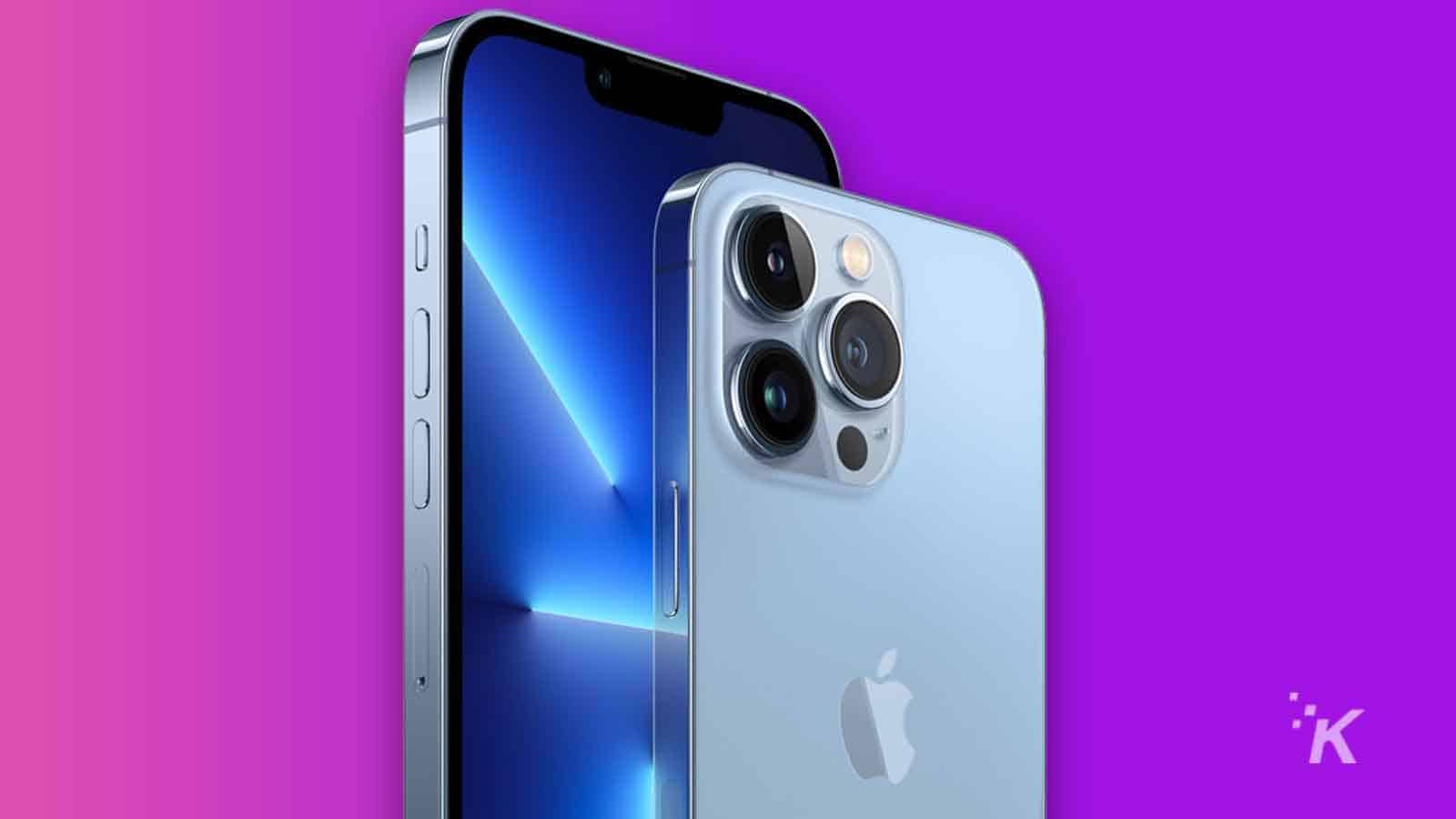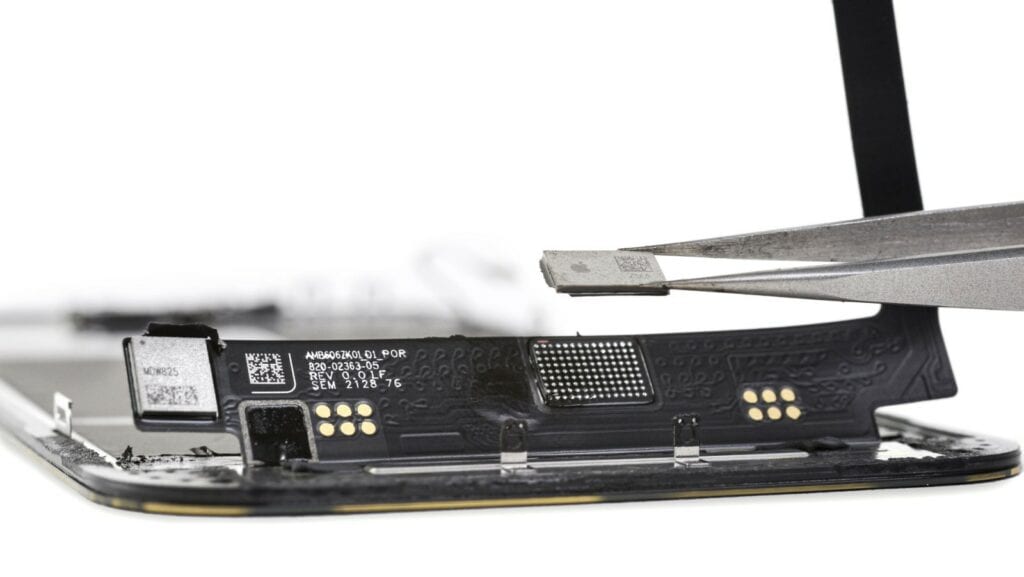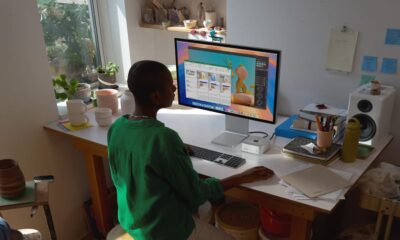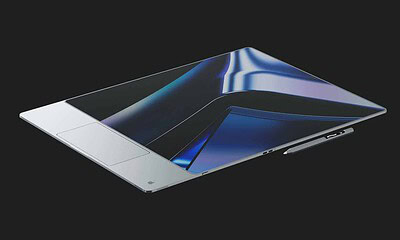Apple
Don’t bother trying to replace the screen on your iPhone 13, Apple is making it extremely difficult
Leave this one to the professionals.

Just a heads up, if you buy something through our links, we may get a small share of the sale. It’s one of the ways we keep the lights on here. Click here for more.
A new report from iFixit casts a looming shadow over the thriving network of small third-party repair shops that handle iPhone repairs. We already knew that replacing the screen of Apple’s iPhone 13 broke Face ID, and thanks to iFixit, we now know why.
We already knew that Apple was making things more difficult to repair the iPhone 13; when Phone Repair Guru tore down one of the new handsets. He couldn’t see any chips that would be stopping Face ID from working when the screen was replaced, but iFixit managed to figure it out. There’s a small chip that’s about the “size of a Tic-Tac, tucked into the bottom of a screen.”
That makes one of the most common phone repairs almost impossible without expensive equipment, becoming an Apple Authorized technician, or both. See, the screen on the iPhone 13 is “paired” to the rest of the phone by this tiny microcontroller.

The only way to officially replace an iPhone 13 screen needs access to Apple’s proprietary technician’s software so that the tech can sync the serial numbers of the replacement screen and the phone. That also means Apple is in charge of if the repair is allowed or not, so you could potentially end up with an unusable device anyway.
The only known workaround is a complicated procedure where that tiny chip is desoldered from the broken screen and soldered onto the replacement, but that is an insane amount of work requiring specialized equipment and specialist training for the technician.
Apple is forcing people to use the company’s own repair shops
That’s going to be a big problem for the tens of thousands of independent repair shops across the globe. There’s no way provided by Apple to let these independent stores authorize screen repairs on the iPhone 13. That means either trying to join Apple’s Independent Repair Program or ponying up for expensive equipment and training.
Small shops could end up closing forever from this change if this is Apple’s business model going forward for subsequent iPhone launches.
It’s not the first time Apple has added extra things for technicians to worry about when replacing screens. The iPhone XS and iPhone X lost True Tone functionality if the screen was replaced unless the technician copied data from the old screen to the new one.
When iOS 13.1 came out, non-genuine screen replacements brought a warning message on the iPhone 11 range if the screen was replaced by a third party. The iPhone 12 had a similar issue when the camera modules were swapped around, even with genuine Apple modules, that Apple eventually patched out in an iOS update.
Apple can try to excuse these monopolistic behaviors any way they wish, but it’s looking increasingly like they want full control over the aftermarket repair market, in the same way, that they control the manufacturing and software development on the iPhone.
Have any thoughts on this? Let us know down below in the comments or carry the discussion over to our Twitter or Facebook.
Editors’ Recommendations:
- AT&T and Verizon pause their 5G rollout because it could potentially mess with aircraft systems
- 9-year-old uses her unconscious dad’s iPhone and Face ID to call 911
- Twitter now lets anyone listen to Spaces even if they don’t have an account
- Oops, the DJI Mavic 3 leaked early































